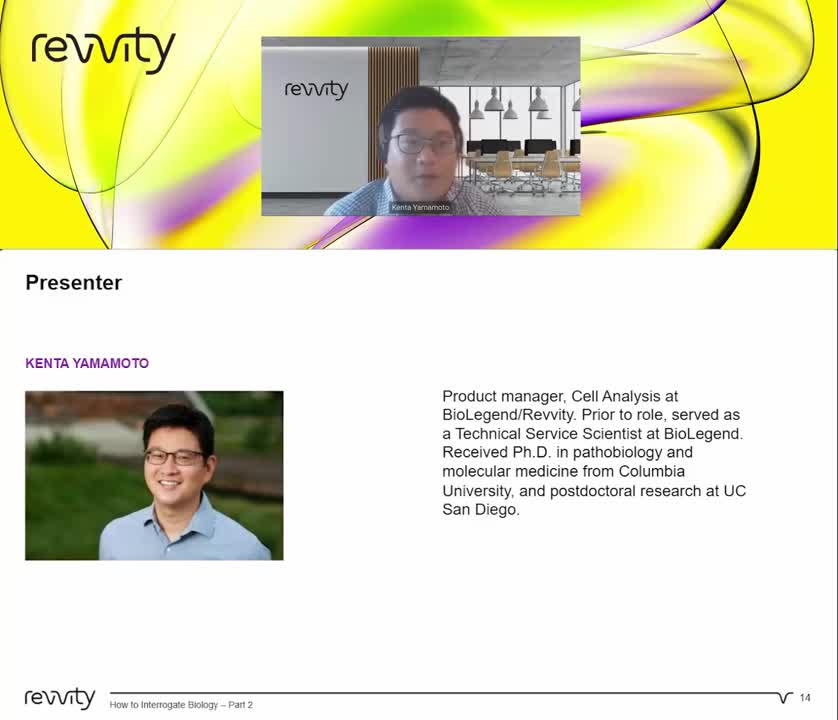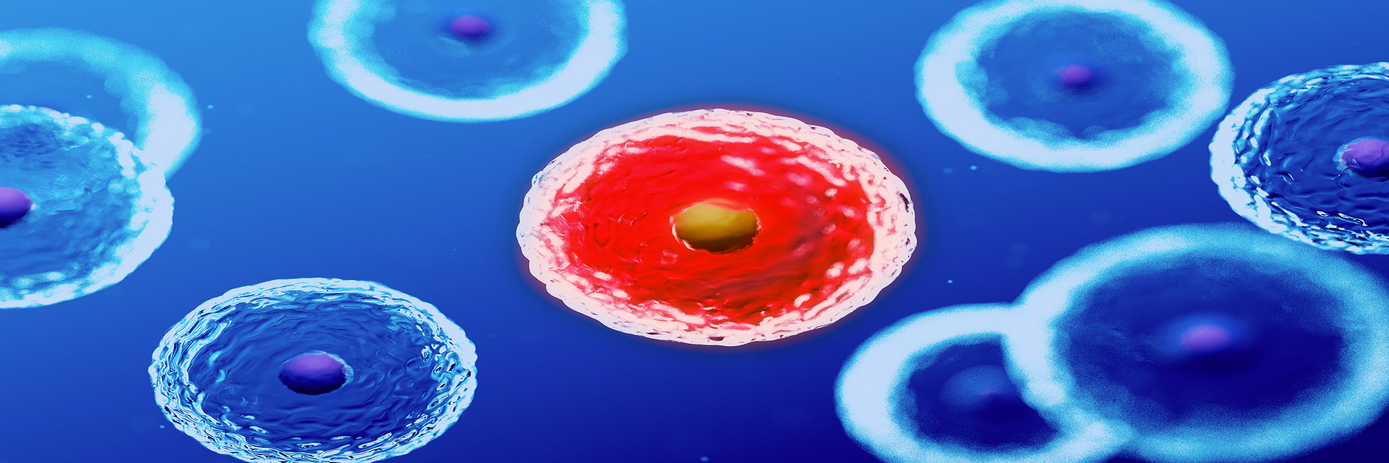
Cell separation and analysis are two fundamental steps in biological research, particularly in drug discovery endeavors. The ability to isolate specific cell populations from complex samples and subsequently analyze their properties is essential for elucidating disease mechanisms, identifying potential drug targets, and evaluating the efficacy and safety of therapeutic compounds.
Cell separation involves isolating or enriching cell populations from heterogeneous biological samples. Traditionally, techniques such as filtration, centrifugation, and sedimentation were used for this process but, while they were certainly effective, these approaches are often time-consuming and labor intensive. More recently, methods that rely on cell affinity, such as magnetic cell separation, are proving to be a fast and economical alternative. By leveraging magnetically-coated particles conjugated with antibodies targeting specific cell markers, researchers can rapidly isolate desired cell types with high purity and yield, making the process both efficient and cost-effective.
Once isolated, the next step in the process is cell characterization. This relies heavily on the use of antibodies for probing and clarifying the phenotypic characteristics of isolated cell populations. Antibodies serve as invaluable reagents, binding selectively to specific molecules of interest and facilitating the interrogation of cellular composition and function. While techniques like western blotting, immunohistochemistry, and flow cytometry have long been used for cell characterization, recent innovations such as high-dimensional spectral flow cytometry, single-cell sequencing, and high-throughput screening offer enhanced resolution, sensitivity, and throughput compared to these more traditional methods. These advanced techniques allow researchers to gain a greater wealth of information about individual cells with impressive speed and cost-efficiency.
To find out more about our cell isolation and analysis tools, watch our video below.

Enabling rapid, economical processes
When working with cell-containing biological samples, there are many complexities involved that require the establishment of proper processes and procedures, often in the face of budgetary constraints. For researchers, these processes need to be fast, economical, and produce repeatable results. By integrating rapid cell separation techniques with advanced characterization methodologies and reagents, researchers can achieve reproducible results while maximizing efficiency and minimizing costs.
BioLegend offers an extensive portfolio of MojoSort™ magnetic cell separation reagents and over 16,000 unique antibodies in a variety of formats to enable rapid, economically efficient cell separation and analysis using a variety of commonly used and cutting edge applications.


































